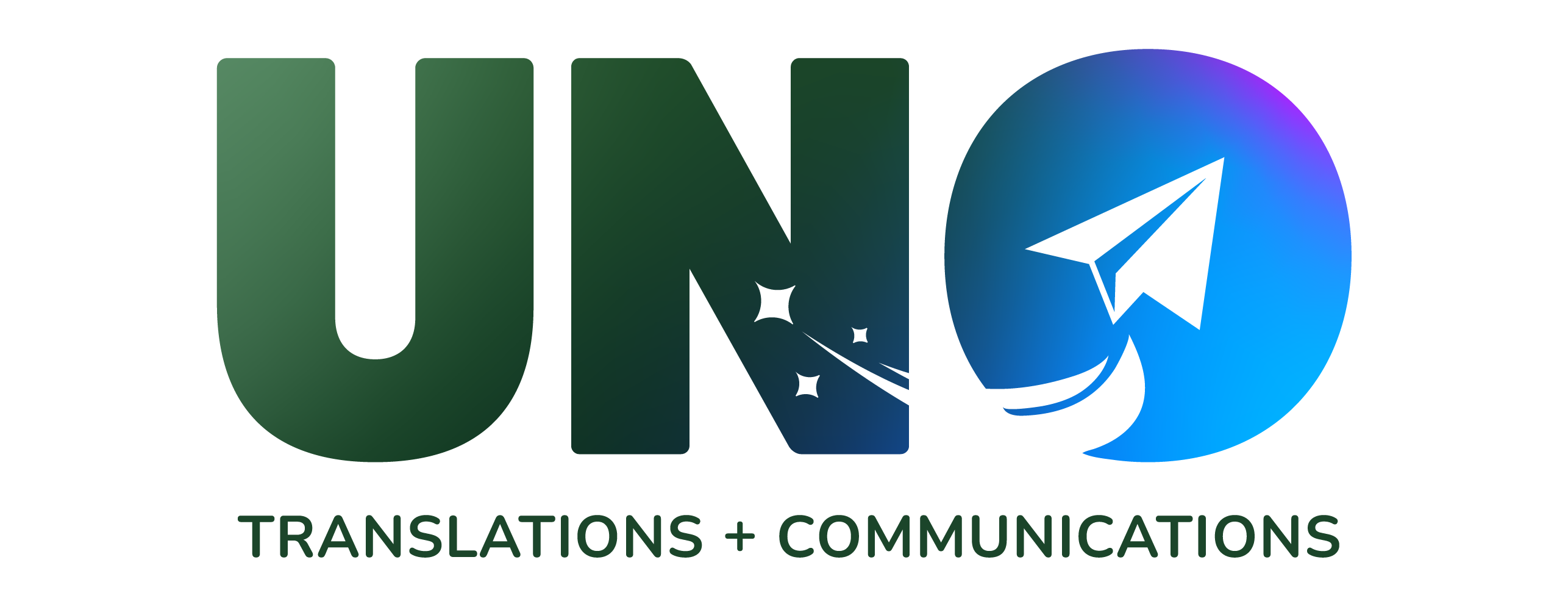You write a really great tagline for your business. It tests really well on social media, and it’s bringing in some new leads for your business. You decide it’s time to translate your message into a second language, and expand your reach. You plug it into Google Translate or ChatGPT. Boom, you’re done! Right?
Wrong. Sometimes a direct translation works well. You can easily translate “I love you” to “je t’aime” in French. But, in some cases, a direct translation is WAY off. A slogan that seems innocent to an American audience can go horribly, horribly wrong abroad.
Famously, Pepsi ran a slogan in the 60s saying, “Pepsi Brings You Back To Life.” Great! It’s cute, it’s energized, it’s a great campaign. Unfortunately, when translated in China, Pepsi promised to “bring your ancestors back from the dead.” Not exactly the intended use of the soft drink!
Similarly, and perhaps even more disastrously, the American beer manufacturer Coors ran a campaign based around some cool American slang. However, when the phrase, “Turn it loose!” was translated into Spanish, the resulting tagline read, “Suffer from diarrhea!” I don’t know about you, but I’m staying FAR away from that beer!
Each of these companies translated the words of their campaigns correctly. That’s the first step in a good translation. Unfortunately, they stopped there. They didn’t take the time to understand the nuances of the languages. They used metaphors and slang that aren’t cross-cultural. In addition, they were culturally insensitive – in China, ancestors are revered, so Pepsi’s marketing was considered highly offensive.
When you forget a specific word in another language, translation apps are quite useful. These apps run into problems, however, when it comes to crafting and translating meaning.
We saw in the examples above how problems can arise when translating slang or metaphors. The same applies for common turns-of-phrase. Imagine, if you will, a body lotion company launching a new line of honey-scented products. They decide to use a cute play on words and use the slogan “It’s the bee’s knees!” Now, most English speakers know that the (outdated) phrase means that the lotion is great. Imagine, however, the confusion that would arise if we simply did a word-for-word translation. In most other languages, the key takeaway of the marketing would not be the quality of the product, but that the product was (for some reason) intended for insect joints.
A translator can help you distill the message of your marketing, and translate its meaning to another language. In addition, they can help you find a similarly adorable phrase in the new language that’s both catchy and conveys the message. There is no computer in the world that can do that!
Another reason you need an actual, human translator is to make sure your marketing is culturally sensitive. For example, a lot of great slogans that work well for American audiences are action-based. “Call now!” is a common tagline for infomercials. But, to a Japanese audience, a demand in advertising is considered INCREDIBLY rude. You must invite or appeal, not insist.
A good translator is well-versed in the cultural values and beliefs of the target audience. They can make sure your words, tone, and subject matter are appropriate and effective. When you’re doing business abroad, you always make sure your team is well-versed in the culture and customs of the country you’re visiting. Your words should be no different.
If you’re looking for professional translation services, don’t hesitate to reach out to the team at UNO Translations + Communications. Our certified translators will make sure your marketing materials are accurate, politically correct, and convey the message you’re trying to send. Our team members specialize in various areas of business, including law, finance, and medicine. With UNO, you can be sure you’re getting the best quality possible. Contact us now for your free quote, and start reaching a whole new market!

